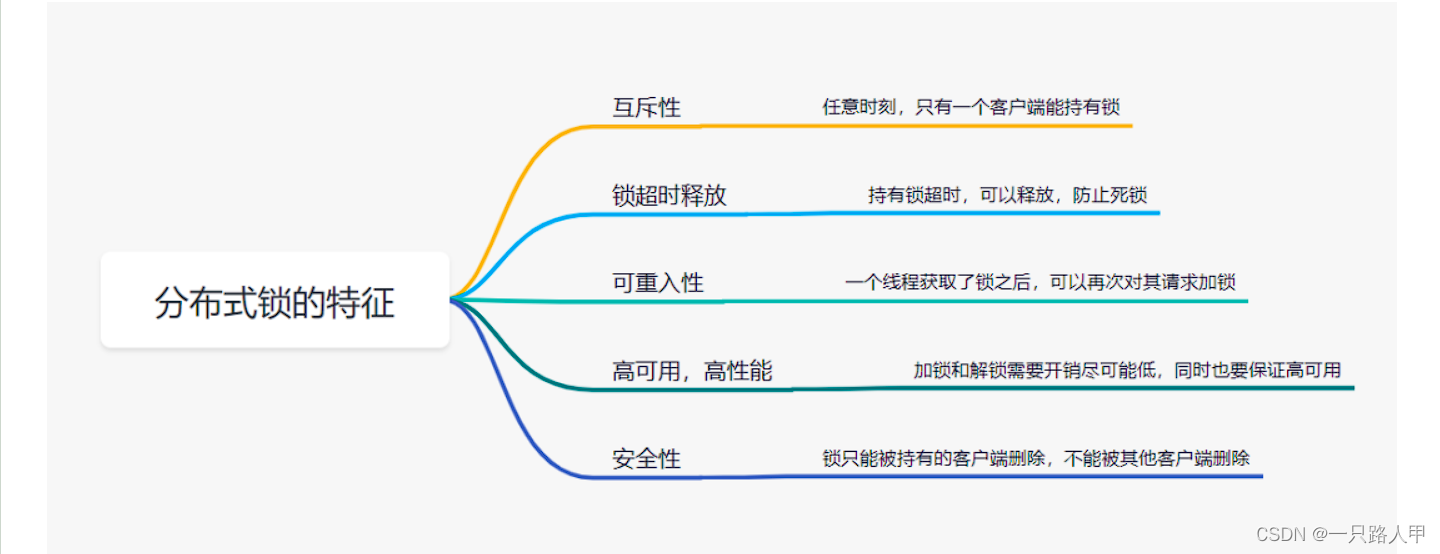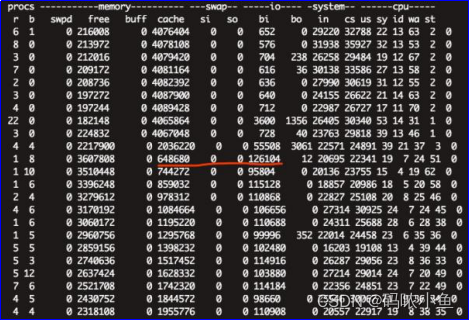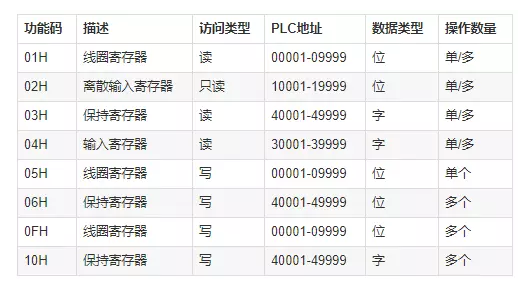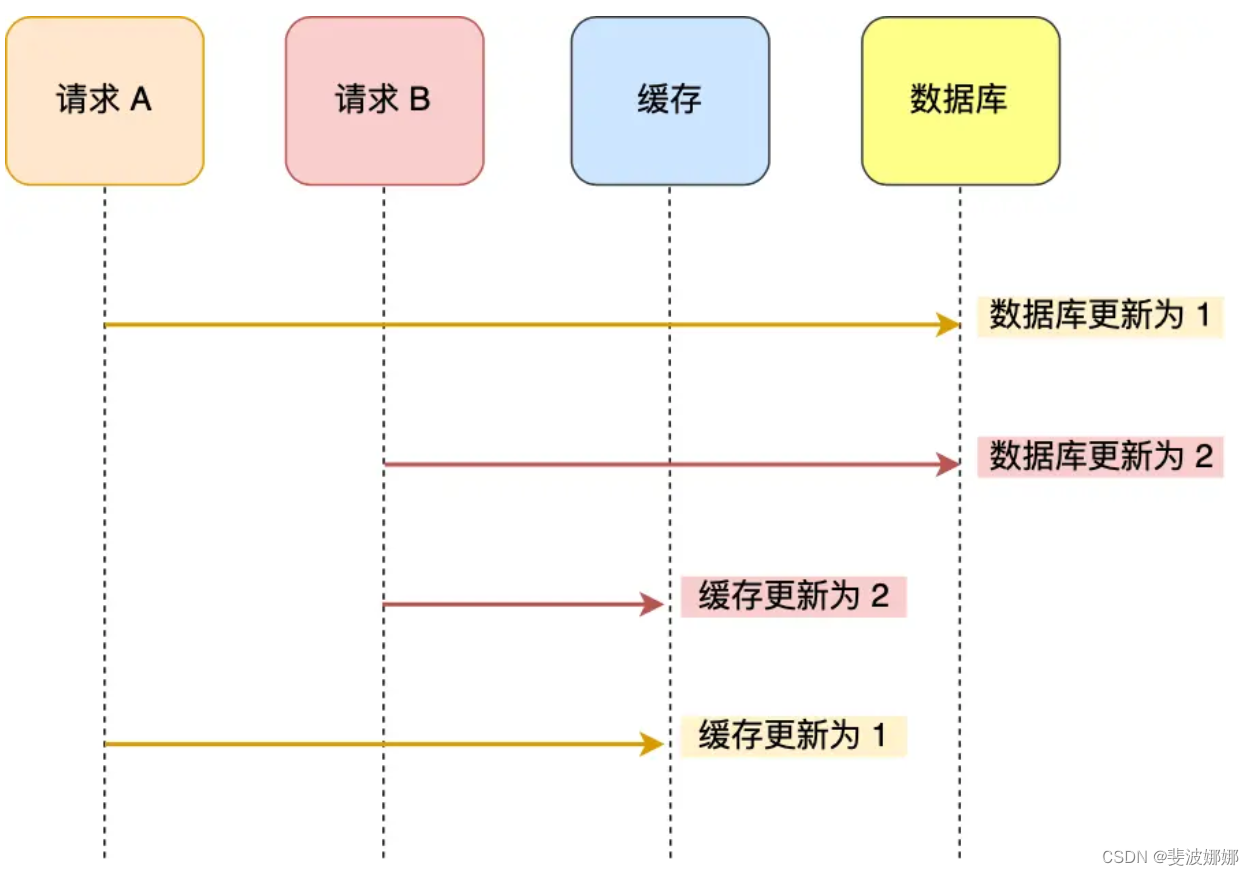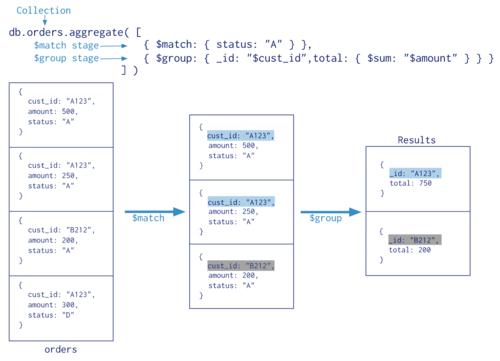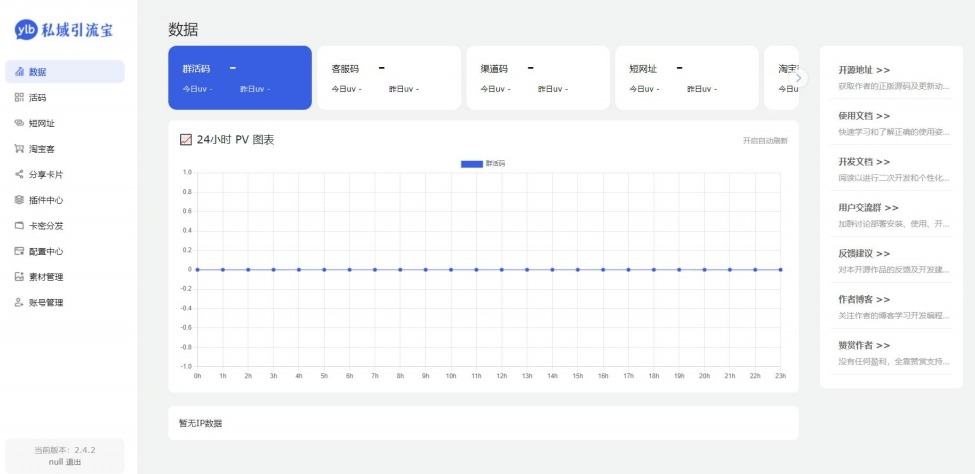AI大模型应用实战(二):计算机视觉-5.3 图像生成-5.3.1 数据预处理
作者:禅与计算机程序设计艺术
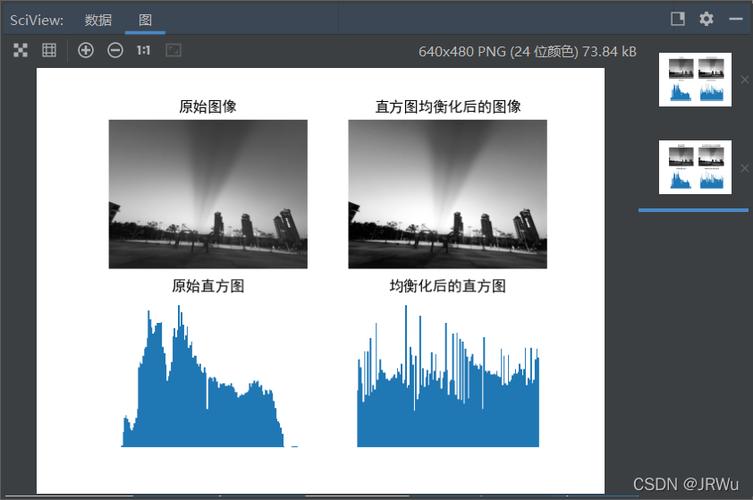
1. 背景介绍
随着深度学习技术的发展,图像生成已经成为一个研究热点,它可以应用在图形渲染、虚拟试衣、图像完整性恢复等领域。本节将介绍图像生成的基本原理以及应用在AI大模型中的实现方法。
1.1 图像生成的基本概念
图像生成是指利用机器学习算法从已有图像中学习特征,然后生成新的图像。这个过程通常需要训练一个生成模型,其中包括一个编码器和一个解码器。编码器将输入图像转换为低维特征向量,而解码器则将这些特征向量重构为新的图像。
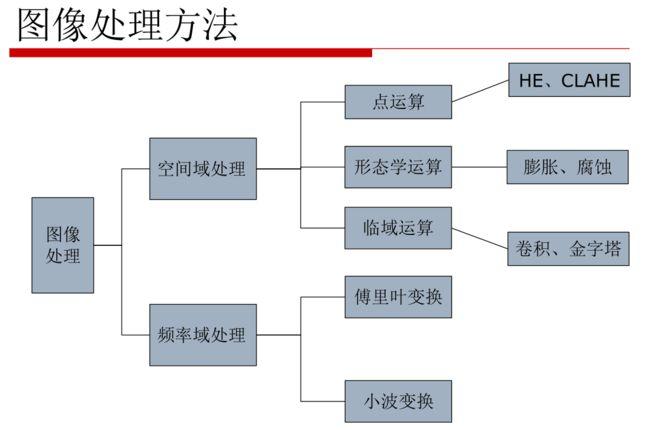
1.2 图像生成在AI大模型中的应用
AI大模型通常需要处理 massive amounts of data, including images, audio, and text. Image generation can be used in AI models for various purposes, such as data augmentation, style transfer, and image editing. By generating new images that are similar to the training data, these models can learn more robust features and improve their performance.
2. 核心概念与联系
Image generation is closely related to other areas in computer vision and machine learning, including image classification, object detection, and generative adversarial networks (GANs). In fact, GANs were specifically designed for image generation and have been shown to be very effective in this task.
2.1 Image Classification
Image classification is the process of identifying the class or category of an image based on its visual content. For example, a classifier might be trained to recognize cats, dogs, and birds in images. While image classification and image generation may seem unrelated at first glance, they actually share many similarities. Both tasks involve extracting meaningful features from images and using them to make predictions.
2.2 Object Detection
Object detection is the process of identifying objects within an image and locating them using bounding boxes. This is a more complex task than image classification because it requires not only recognizing the objects but also determining their position and size. Object detection algorithms typically use convolutional neural networks (CNNs) to extract features from the input image and then apply a sliding window approach to search for objects within the image.
2.3 Generative Adversarial Networks (GANs)
Generative adversarial networks (GANs) are a type of deep learning model that consists of two components: a generator and a discriminator. The generator is responsible for creating new data samples, while the discriminator is responsible for distinguishing between real and fake samples. During training, the generator tries to produce samples that are indistinguishable from real data, while the discriminator tries to correctly identify which samples are real and which are fake. Over time, the generator becomes better at producing realistic samples, and the discriminator becomes better at distinguishing between real and fake samples.
3. 核心算法原理和具体操作步骤以及数学模型公式详细讲解
The most commonly used algorithm for image generation is the Generative Adversarial Network (GAN), which was introduced by Ian Goodfellow et al. in 2014. GANs consist of two components: a gener


